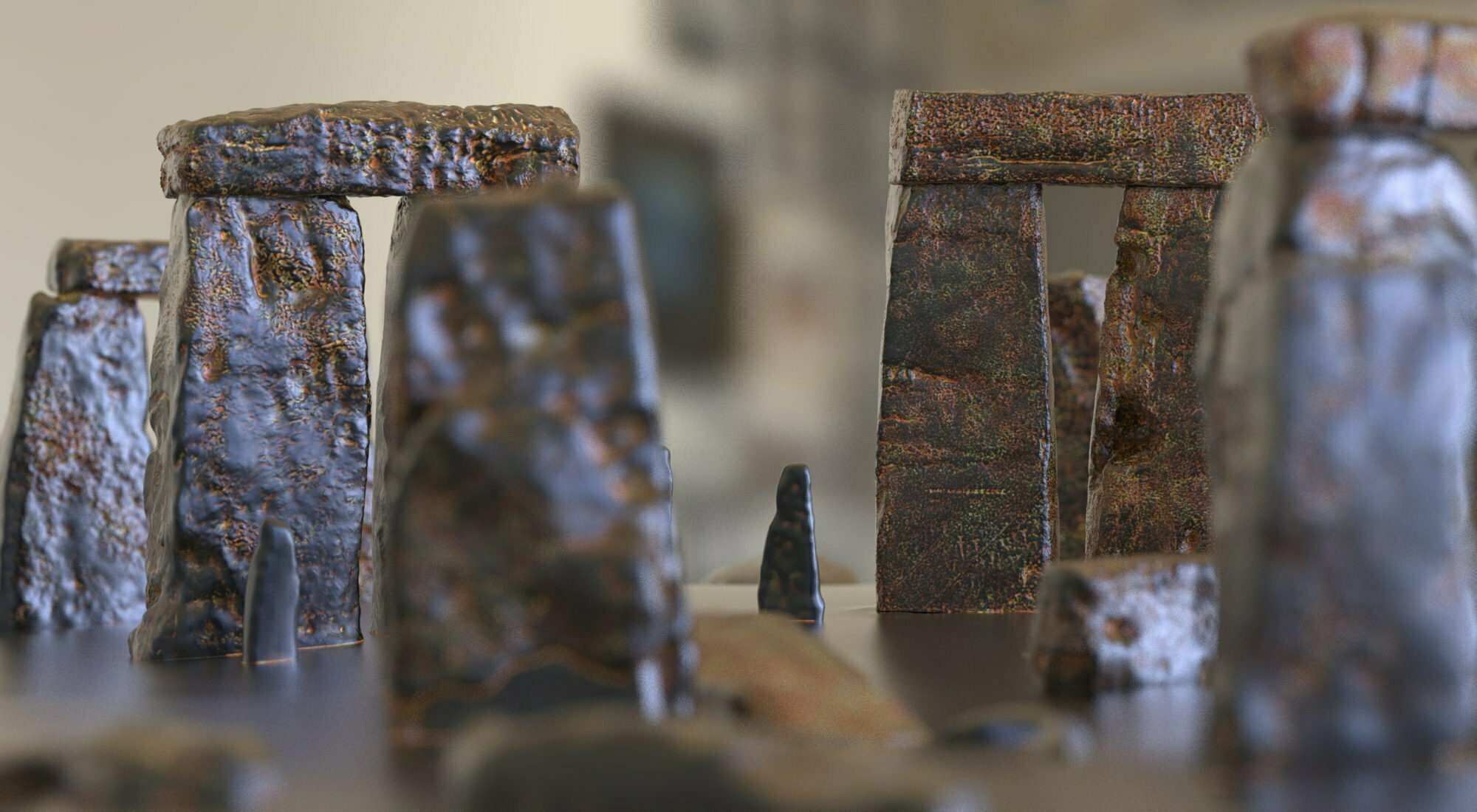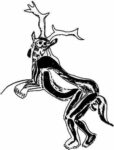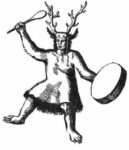Shamen characters
The history of ritual, difficult to study, for sure, begins with burial, caring for the dead. Gifts are left for an afterlife. It may have started as far back as 300,000 years ago, or even further. The first known, is 100,000 years ago in a cave, near Nazareth, Israel. After this, between 78,000-35,000BC both, Neanderthal, and Homo Sapiens, are burying their dead. Around 50,000 years ago, there were probably shamen, just look at all the cave art from around then. Go deep into darkness, lit by torches, enter the trance and paint pictures of the dreams, as a hunter magic.
For us, in Britain, the Red Lady of Paviland, on the Gower, in Wales dates back 33,000 years. She is a he, a young man, with a periwinkle shell necklace, ivory rings all coloured with red ochre. (There would be a gap, as 20,000-12,000BC Britain was an ice covered desert.)
For us around Stonehenge, apart from the 10,000-year-old pine posts, which must have some ritual and Robin Hood’s Ball which may date from 4000BC, the earliest burial is the chambered tomb, West Kennet Long Barrow, 3650BC. The Stonehenge Cursus around 3630BC. The cremated remains from around the Aubrey Holes date 3000–2500BC.
Shamanism
Putting dead people in holes in the ground, with gifts; painting bones with red ochre; creating elaborate tombs; burying cremated ashes; gathered from elsewhere; at some point, there would have been somebody who could also commune with these dead, in their afterlife. Someone who could use spirits for healing or guidance. Let’s use a modern word, shaman. Though to be clear, the oldest apparent sha-ladies burial was a shamanka in Czechoslovakia around 27,000 years ago.
To connect or travel to otherworlds, one needs an altered state of consciousness. Through madness, hallucinogenic mushrooms, lack of sleep, even a fever from disease, infection or head injury. Or an induced trance from sheer exhaustion through dance, music, or repetitive drumming.
Shamen may dress with animal bones or skins, make animal noises and movements for a closer connection to spirit guides, to gain control of the prey, for good fortune in an upcoming hunt. Look at The Sorcerer cave sketch in France, 15,000 years ago. Stonehenge’s old car park pine posts date to 10,000 years ago and the land bridge between Britain and France disappeared around 6,100 years ago.They may go on vision quests for extended periods or scry or peep into fire, smoke, water, stones or many other media for purposes of prophesy.
All things
But, let’s not limit ourselves to just humans. All things—animals, plants, rocks, rivers, places, weather systems, human handiwork are animated, alive and possess spirits. The circle of Stonehenge’s ditch. Those queer bluestones. Sarsens, slipping down hills in sarsen trains. The spaces between trilithon uprights. And let’s go further into the magical beings that live in the cyclical growth of summer, becoming alive in spring, dying in autumn. The spirit of winter. Spirits in trees. Sacred groves.
Totemism
Bring it back to spirt guides, or guardians of a tribe, clan, family. Maybe the five central trilithons are five tribes, families, siblings. Sprits can protect the hunter or the gatherer. More individually, there is your own personal familiar.



